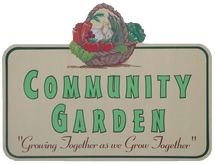|
John Krabacher In all honesty, I am a novice home gardener, but I have (since I was a teenager) been a concerned proponent for the environment. Seeing, all the waste we western humans create, and just to do nothing just irks me to no end. There must be a way to recycle or make wasteful situations into useful advantages for the world of gardening. Garden blogger Amy Grant writes in her blog Gardeningknowhow.com “The Pros and Cons of Composting” dated December 18, 2018 “Composing is one of the most beneficial things you can do in the garden, and the reasons to compost are many.” She does state later, we should not feel guilty if you do not want to compost. I know when I use to hear, people tell me about composting, my eyes would roll up to the sky, I would think of how much trouble it is to compost. But is it too much trouble? The first time I heard of composting was from my “hippie” friend Gary from the 70’s, I know showing my age. He was into gardening and saving our great environment for all living beings. I might have smirked a little at age of 17. However, as I got older and realized he was not too far off in his beliefs. I got married and my wife started a pile of food waste in the corner of the back yard. First in big green containers then on the ground. I am older now and I understand the benefits and realize even the fact of using composting end of food products as fertilizer. Now I am deep into gardening and composting.
0 Comments
But it was Johnson Grass John Krabacher This summer we had an unexpected visitor in many of the garden raised beds. I was first excited thinking it was just renegade corn. Maybe, a bird dropped some seed. Maybe a four legged creature dropped it off. But it did look different. So, I decided to let it grow and see what it turned out to be.
The green plant grew longer and longer but it did not act like corn stalks even though it grew like corn. Gardner’s started to complain at least hinted they would like to vacate this green monster. My wife Pat and the garden worker Brysedi grabbed a shovel and started to dig and dig. The more they dug more roots were found. This was defiantly no corn. This was Johnson grass. What is Johnson grass? It is a warm season grass originated in the Mediterranean region. It was introduced to North America by Colonel William Johnson in the 1840’s. According, to an article from Oklahoma Cooperative Extension Service written December 2019, “Johnson seedling can resemble a corn or sorghum seedling: its stems and leaves are narrower and completely hairless. Johnson leaves have a very distinct and promenade vain. It can grow as high as 7 feet tall. The roots and rhizomes travel underground. If pulled and a root remains the plant will return.” There are several ways to control this invasive grass. Some say use Round up but you know me that is not the way I recommend. However, it can be last resort. The best way, is get it out of the ground as soon as you see its head rise up. Make sure you get the roots, all of the roots. Do not let it take over. If it is really bad spray with 40 percent vinegar solution and cover the plot for at least 9 months. Don’t let this visitor fool you it is not welcome to the garden. It needs to go as soon as it arrives. This is not corn. John Krabacher
I will admit I am no expert in gardening or even farming but I am learning advantages of techniques every year. After receiving the vision of growing food and feeding people by producing vegetables on land that was not gardened before, many that know me, thought I was crazy. Maybe, I was, 5 years later I have realized not crazy just passionate. Recently, my wife and I came across some facts by watching two videos on You Tube “Kiss the Ground” and “Living Soil”. I will tell you some of the recent facts. Sit back and read on. I do believe in climate change, but I was not sure until recently what was causing it. I was not sure it was industrial, but I am sure it is agriculture, the worldwide farming practices, especially in the USA. Farmers trying to get more and more yield on the land by adding chemicals produced by the larger companies. Artificial fertilizers and pesticides. Let us look at why we till and recently no till is popular. According to an article “Renewing the Soil” Farms around the world, people are working as hard as they can to produce crops only to see production decrease with each passing year of soil fertility. When we till according to “Kiss the Ground” carbon is released into the air. Wait, is that science says of the causes of climate change? Farmers and gardeners are moving toward no till options. I know you will say the samething I say, “No till is more work.” I will say, yes, it is. However, you can get larger yield production and after the soil is restored it will become your friend and help to grow more flowers or vegetables. The soil is not a living organism, it does provide a place where organisms live. These organisms interact with the air, water, inert elements in the soil. When these organisms are killed and not able to reproduce, the topsoil suffers can even be killed. Soil organisms can come alive again by adding organic matter and microbes. Adding organic matter promotes beneficial bacteria growth, improves oxygen levels, and enhances soil quality and texture. You can make your own home brew of soil conditional by making your own compost or adding fermented food wastes to soil. Adding soil conditioner can also loosen compacted soil for easier planting. Helping the soil can help the gardener or farmer to produce more than ever expected. Dodge the big companies and go natural.
We made a decision when we started the garden a few years back, to do raised beds. Raised beds have some awesome advantages over gardening in the ground. To start with, to start a garden in the ground requires breaking up soil that has been in place who knows how long! This can be back breaking work even with a rototiller, which most of us don't just have in the garage! Working existing soil means that it has had something growing in it before - grass and likely weeds. If it didn't have weeds, it likely has some kinds of chemical in it that was used to control the weeds. I for one, don't want what ever those chemicals might be, to be in my food.
Weeds are a normal companion to growing anything outdoors. The seed blow in the wind. By starting with raised beds, we started with almost a foot of soil and compost that had never been walked on. The beds we put in at Madison St. were primarily 4' x 12' or 4' x 24' the first year. We did have some beds that were done in tractor tired that made it somewhat easier for people who wanted to garden but had some trouble working down low. We also got a lot of mulch to hinder the weeds. Even when you got weeds, if you were diligent and didn't let them become monsters, they are easy to pull in the virgin soil. This past year we tried some more traditional gardening when we plowed up some of the land at Westlake to plant corn. This was not the year to start trying that out with the early rains, and then no rain later. We will be dining it again this coming year. The first article I want to refer you to is a short piece on Square Foot Gardening. This is interesting and if you want more information on it there are books on it at the New Carlisle Public Library. Next time I will talk some about the concept of permaculture It is time to start thinking about if you WANT to garden next year. |
OUR BLOGArchives
December 2020
Categories |
Growing Together as We Grow together
© New Carlisle Community Garden. All Rights Reserved.
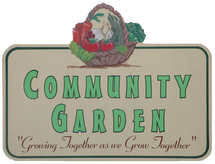
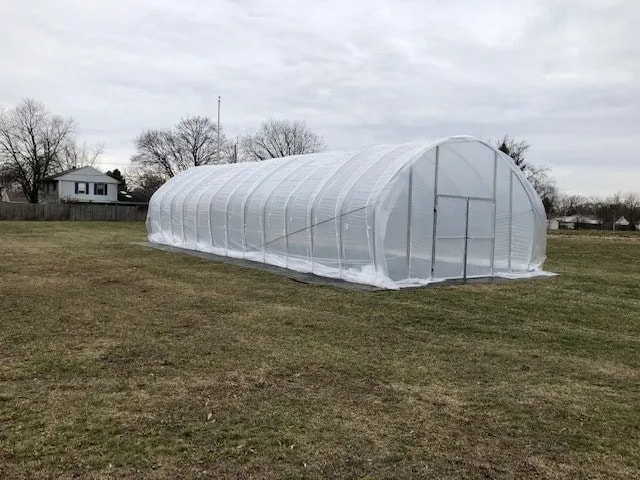
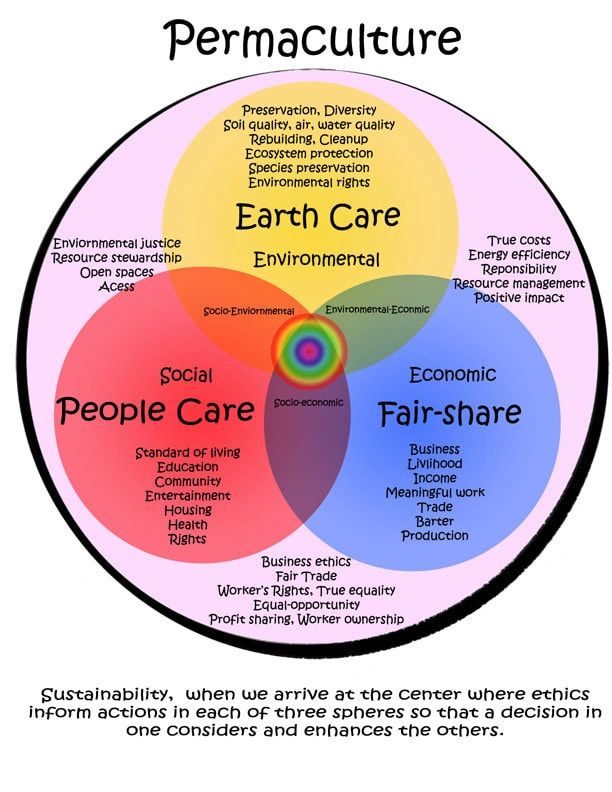
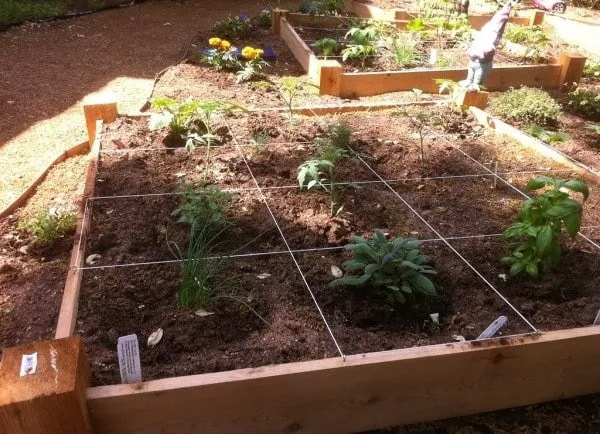
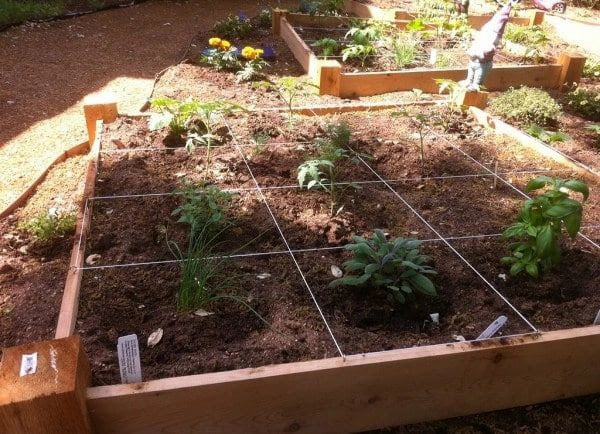
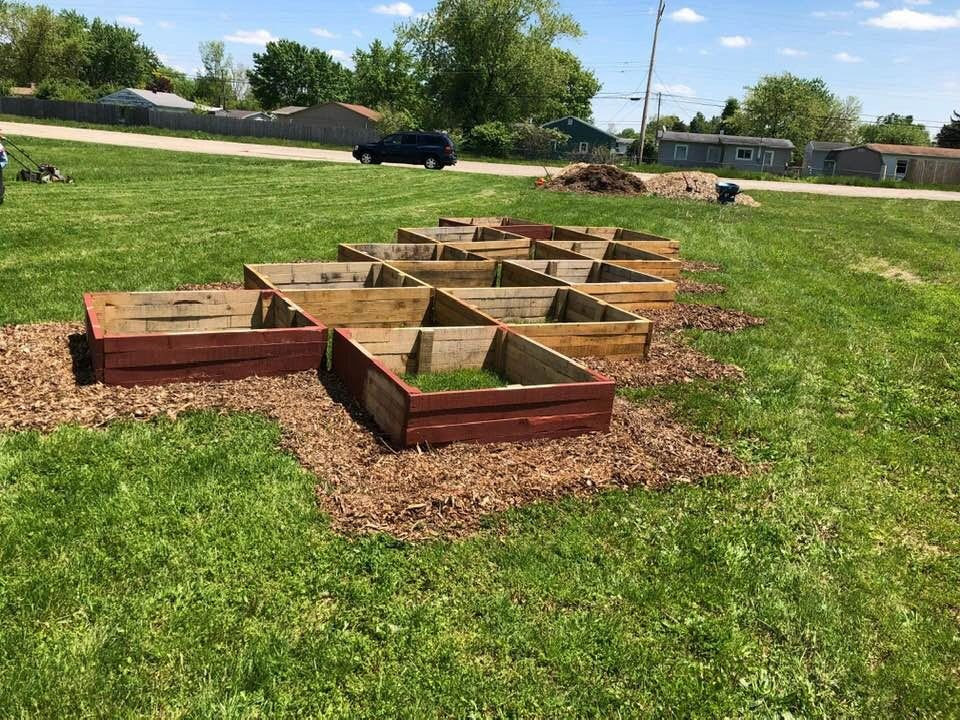
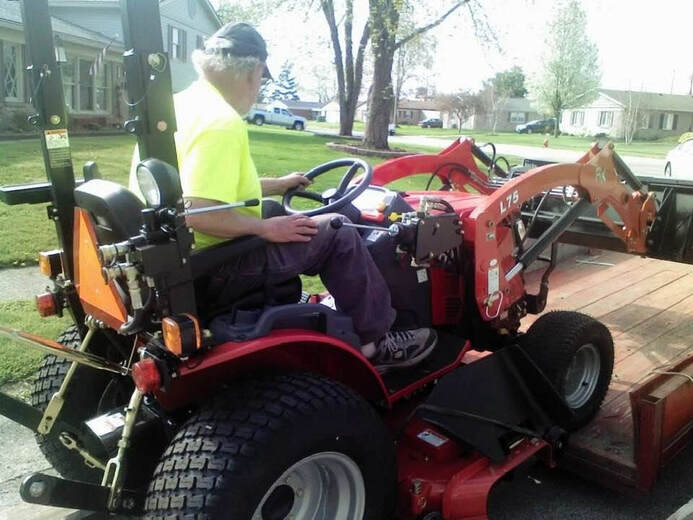
 RSS Feed
RSS Feed
